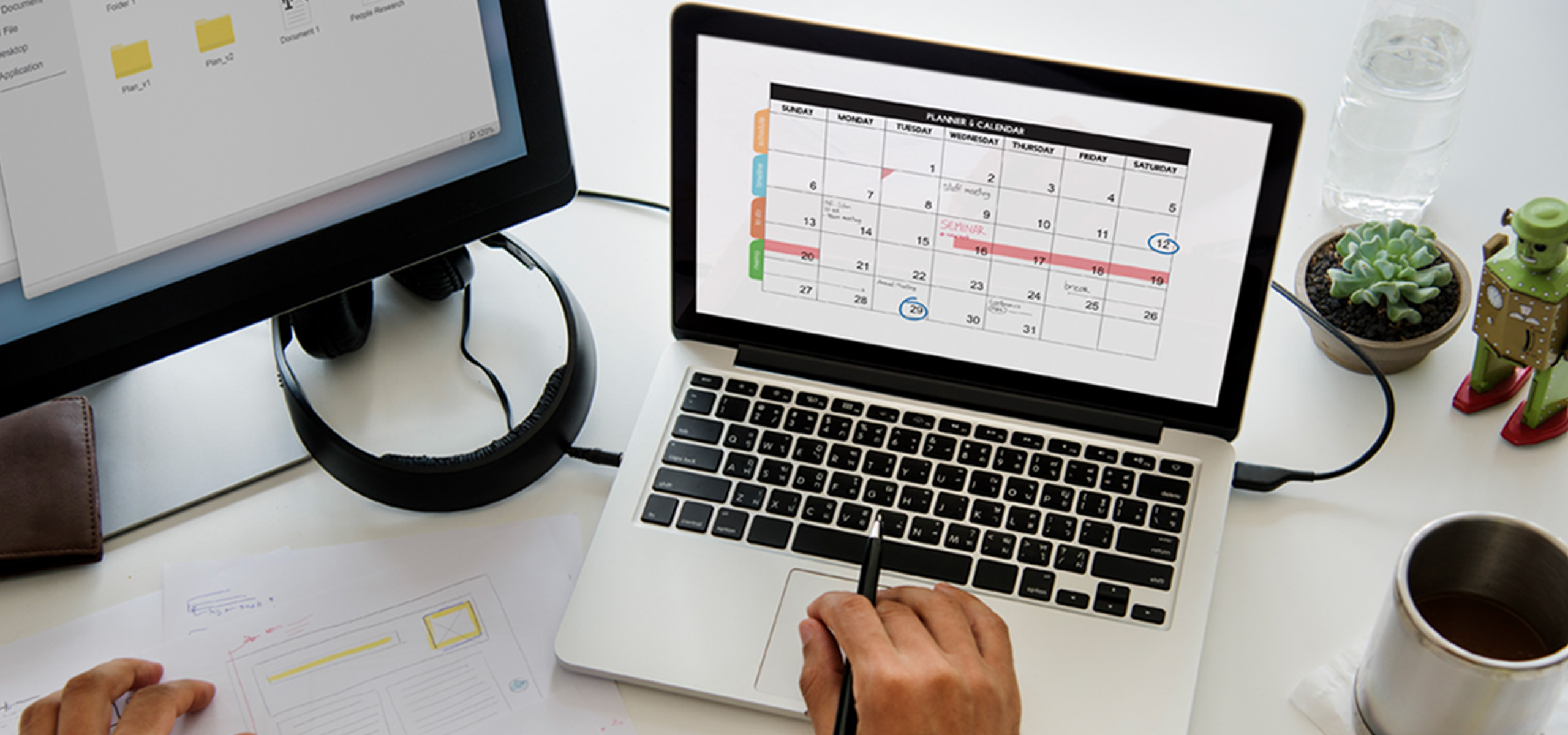
How You Can Identify the Best Biometric Attendance Management System?
Accurate attendance management is very important nowadays for modern businesses, where some jobs are hybrid and remote. Biometric (Attendance Management System)Attendance management systems are advanced solutions that provide improved security and accuracy in comparison to conventional approaches. There are several factors to consider while selecting the best biometric device for your organization. There are many options in the market with the latest features but always look according to your organizational needs. Biometric systems provide enhanced security and precision by utilising these inherent biological characteristics, surpassing conventional approaches such as ID cards or PIN passwords.
Important Factors to Consider While Selecting a Biometric Attendance Management System:
1) Biometric Technology Classification:
To begin the process of selecting the optimal attendance management system, it is essential to ascertain the biometric technology that aligns with the specific requirements of your organisation. Common choices consist of:
– Fingerprint Detection: Fingerprint recognition is a commonly employed and cost-efficient method, however it may encounter difficulties when dealing with fingers that are unclean or injured.
– Face Recognition: Facial recognition technology is a contactless and efficient method, but it can be influenced by alterations in appearance or variations in lighting conditions.
– Iris Scanning: Iris scanning is a highly accurate and difficult to deceive method, however, it is usually more costly.
– Palm Vein Recognition: Highly precise and sanitary, however more expensive compared to certain other choices.
When selecting the technology, consider your work environment, budget, and security requirements. Facial recognition may be more suitable in an environment where employees frequently have soiled hands, but fingerprint recognition could be optimal for a small office.
2) Durability and Scalability:
Scalability refers to the ability of a system or process to handle an increasing amount of work or data efficiently and effectively.
As your organisation expands, your requirements for managing attendance may evolve. Select a system that has the ability to expand and adapt to the growth of your firm. Take into account variables such as:
– The system’s maximum user capacity – The capability to include various devices or locations
– Cloud-based solutions with scalable capabilities to accommodate your evolving requirements
An adaptable system will guarantee the enduring value of your investment as your organisation grows.
3) Ease of Use:
An ideal biometric system should possess user-friendly features that provide effortless usage for both employees and administrators. Seek out systems that possess user-friendly interfaces and streamlined enrolment procedures. Take into account the following factors:
– Simplified personnel enrolment and efficient data management
– Intuitive dashboards designed for administrators
– Mobile application accessibility for convenient on-the-go access
– Tailorable reports and advanced analytics capabilities
An intuitive system will promote acceptance and minimise the necessity for extended instruction.
4) Security and Data Privacy:
Due to the delicate nature of biometric data, ensuring security should be of utmost importance. Make sure that the technology you select adheres to pertinent data protection rules like GDPR or CCPA. Important security attributes to consider are:
– Data encryption is implemented to protect data both while it is being transferred and while it is stored.
– Implementing a robust system to verify the identity of users to gain administrative access, ensuring a high level of security.
– Consistent implementation of security updates and patches
– Available choices for storing data within your organization’s physical infrastructure
Furthermore, it is important to evaluate how the system manages data retention and deletion procedures in order to guarantee adherence to privacy requirements.
5) Telecommuting Functionalities:
Telecommunicating or remote work capabilities are becoming increasingly crucial in today’s dynamic work environment. Seek out systems that provide:
– Mobile applications for remote clocking in and out of work
– Geofencing technology to guarantee that personnel are present at assigned locations
– Incorporation with project management software for accurate monitoring of working hours
These characteristics will facilitate the maintenance of precise attendance monitoring, even while staff are working remotely.
6) Cost and Return on Investment:
Although cost should not be the sole determinant, it is a significant issue to take into account. Assess the overall expenses associated with owning, which encompass:
– Costs associated with the purchase of hardware and software at the beginning of a project or implementation.
– Fees associated with the installation and configuration process
– Continual expenses for maintenance and support
– Possible cost reductions resulting from enhanced precision and fewer instances of time misappropriation
Determine the possible return on investment (ROI) by taking into account variables such as decreased administrative time, enhanced payroll precision, and heightened productivity.
7) Evaluation of Vendor Reputation and Support:
Select a seller with a robust standing in the industry. Search for:
– Customer evaluations and testimonials – Case studies from organisations with similar profiles – Awards or accolades in the industry
In addition, make sure that the seller provides comprehensive customer support, which should include:
– Round-the-clock technical support
– Periodic software updates
– Extensive documentation and training materials
Effective vendor assistance can have a substantial impact on the overall success of your adoption of a biometric attendance system in the long run.
8) Options for Customisation:
Customisability is essential for every organisation due to its distinct needs. Search for characteristics such as:
– Attendance regulations that can be tailored to individual needs and preferences
– Adaptable scheduling administration
– Custom report creation functionality – Ability to establish department-specific rules
An adaptable system that can be customised to meet your specific needs will offer greater value and be more compatible with your organisational procedures.
Conclusion:
Choosing the optimal biometric attendance management system necessitates a meticulous evaluation of several factors, such as the specific biometric technology employed, precision, integration capabilities, scalability, user-friendliness, security, remote work functionalities, cost, vendor reputation, and customisation possibilities. Through a comprehensive evaluation of these factors, you can determine a system that not only fulfills your present requirements but also facilitates the future expansion of your organisation.
Keep in mind that the “optimal” solution is ultimately the one that closely corresponds to your organization’s specific requirements and objectives. CherryBerry ERP can help you select the optimal biometric attendance system for your business, call us right now for free business queries.
